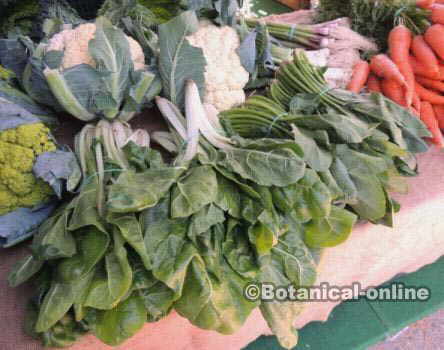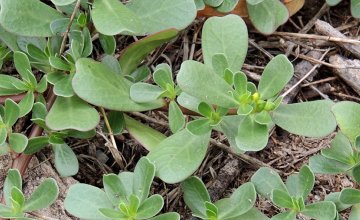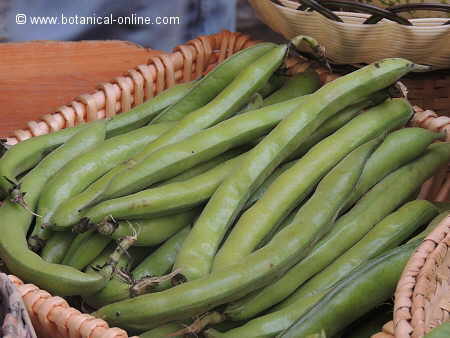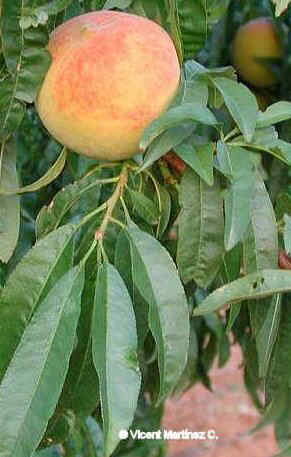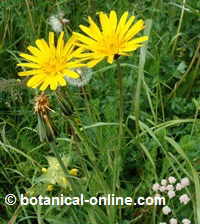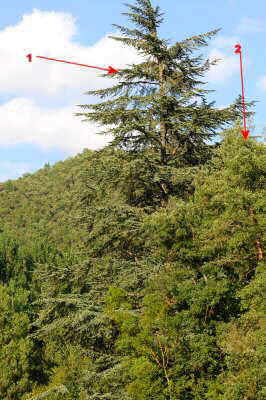Contents
Characteristics of green beans crop
What are green beans?
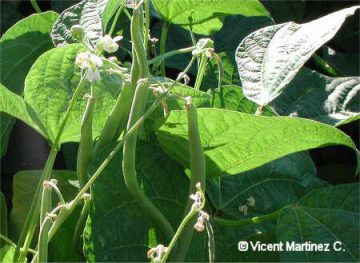
Green beans are food plants of the papilionaceae family, in which there are represented trees as well known as the carob or the Judas tree; bushes like the crown of the head; or herbs like clovers.
Fava beans are another species of papilionaceae used in food for the nutritional value of the seeds enclosed within their pods.
Green beans description
Green beans belong to the genus Phaseolus. In general they are plants that present varieties with erect or liana-shaped stems, lying down or climbing.
Thanks to their twining stems, they have the ability to screw on any support within their reach.
Their leaves are compound, trifoliate, with the central leaflet more or less rhomboidal and the sides oval. Their flowers are white, with spots of violet or yellow. Legume fruits are green pods inside which are the seeds.
Pods when they are tender, as well as the seeds plant, are edible.
Types of green beans
Cultivated in many regions of the world, we find today a great variety of sizes and colors.
The development of numerous varieties and the different cultivation techniques have allowed us to have the possibility of using both the seeds of these plants and the whole fruit in our diet when it is immature.
Origin of green beans
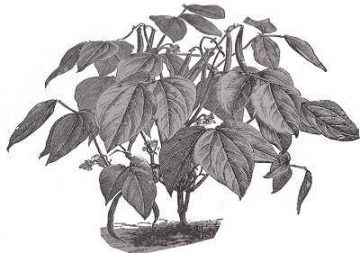
Green beans come from the subtropical regions of South America, probably from the Peruvian Altiplano and Central America, especially from Mexico. They were cultivated since pre-Columbian times, 8000 years B.C., according to remains found in Aztec or Inca excavations, which were people that most perfected their cultivation.
The Aztecs knew this food with the name of ayacotl and also used it as a currency, which gives us an idea of the importance of this plant, along with corn, among these civilizations.
When do green beans come to Europe?
Green beans were brought to Europe by the Spanish colonizers, via the Canary Islands.
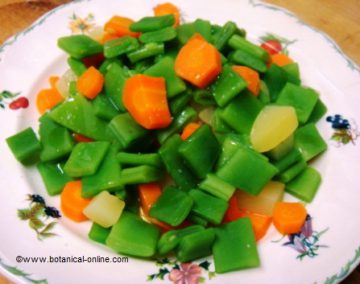
Over time, similar species have received different names according to the origin of the word, thus, for example, the Spanish word “alubia” derives from the Arabic allubia, while the other Spanish word “frijol” comes from Phaseolus, which was the name by which the Greeks called this type of plants.
From the Greek the catalan word “fesol” is also derived, which is the name of the green bean seeds in Catalan language.
The Arabs also knew this plant as fabiula, which derived to the word fabichuela in Mozarabic language and, from there, the current name “habichuela” which is another of the most common names to refer to green beans in Spanish language.
Green bean production in the world
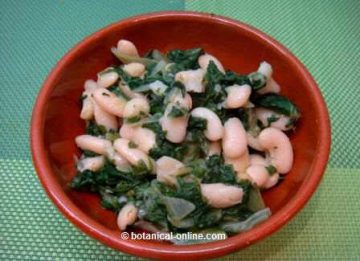
The main dry bean producing country in the world is India. This is followed by Brazil, China, the United States and Mexico.
As for green beans, the first producer in the world is the United States. China, Japan, Spain and France follow.
Uses of green beans
- Green beans pods and inmature seeds are eaten as vegetables
- Mature green seeds (dry beans) are very well-know edible legumes
![]() More information on other natural foods
More information on other natural foods

